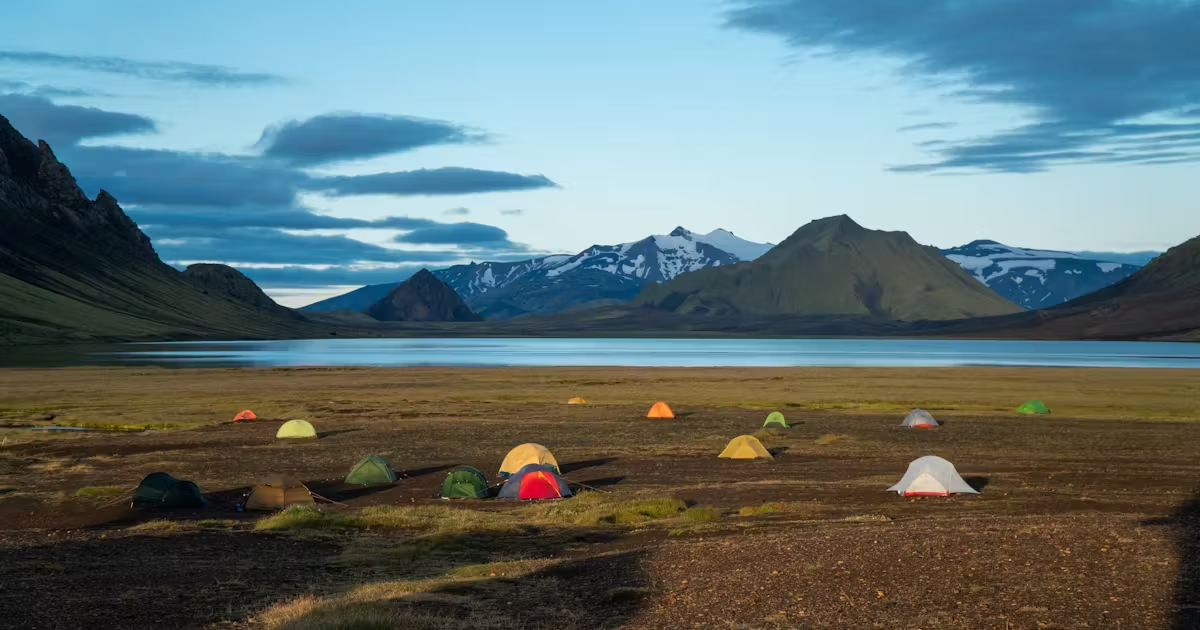The Iceland Highlands, with its rugged terrain and otherworldly beauty, are a dream destination for outdoor enthusiasts. Known for volcanic landscapes, steaming geothermal springs, and vibrant green moss-covered mountains, the Highlands promise an unforgettable camping experience. However, exploring this remote region requires careful planning, especially if you want to do it right. A 4×4 vehicle is your best companion for navigating challenging terrain, ensuring a safer, more economical, and eco-friendly adventure.
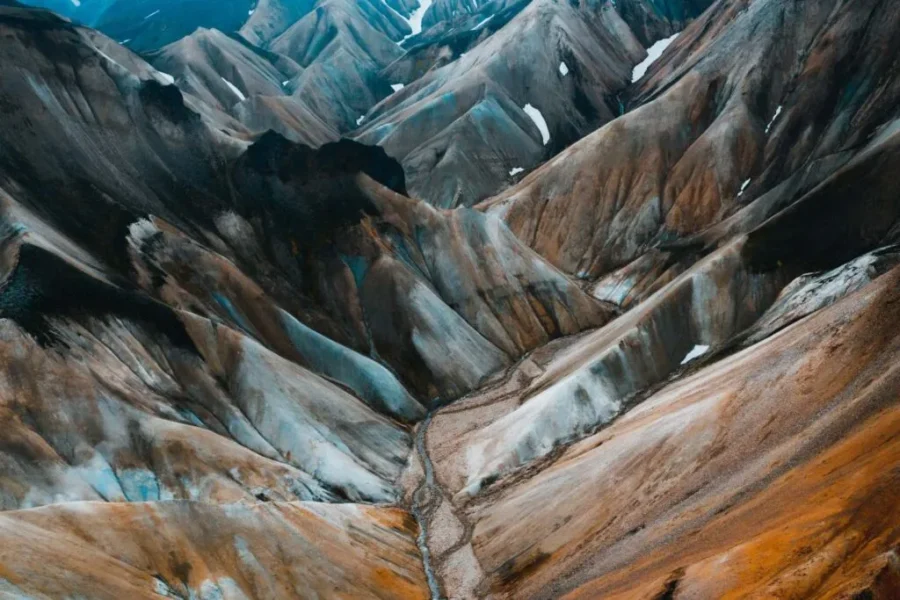
Why the Iceland Highlands Are Special
The Iceland Highlands are a vast, untamed wilderness located in the interior of the island. Unlike the well-trodden tourist routes along the Ring Road, the Highlands offer a sense of seclusion and raw nature that is hard to find elsewhere. Some of the highlights include:
- Landmannalaugar: Known for its colorful rhyolite mountains and natural hot springs, this area is perfect for hikers and nature lovers.
- Askja Caldera: A remote volcanic crater filled with striking blue water, ideal for adventurers willing to make the trek.
- Þórsmörk Valley: Surrounded by glaciers and mountains, this lush valley is a haven for campers and hikers alike.
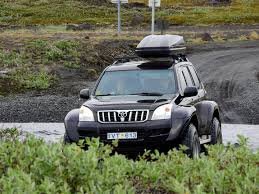
Why a 4×4 is Essential
The Iceland Highlands are crisscrossed with F-roads, rugged mountain routes that are only accessible by 4×4 vehicles. “These roads often include river crossings, rocky paths, and steep inclines.” Says the experts over at Cozy Campers. Attempting to drive these routes without a 4×4 can result in significant damage to your vehicle or even leave you stranded.
Economical and Eco-Friendly Travel
While renting a 4×4 camper might seem costly initially, it combines transportation and accommodation, saving money in the long run. Additionally, modern 4×4 campers are designed with eco-friendly features like solar panels and efficient fuel usage, ensuring you leave a smaller carbon footprint.
Comfort and Convenience
A 4×4 camper allows you to carry all your camping gear, cook meals, and sleep in comfort, even in the remote Highlands. It also gives you the flexibility to explore at your own pace without worrying about finding accommodation.
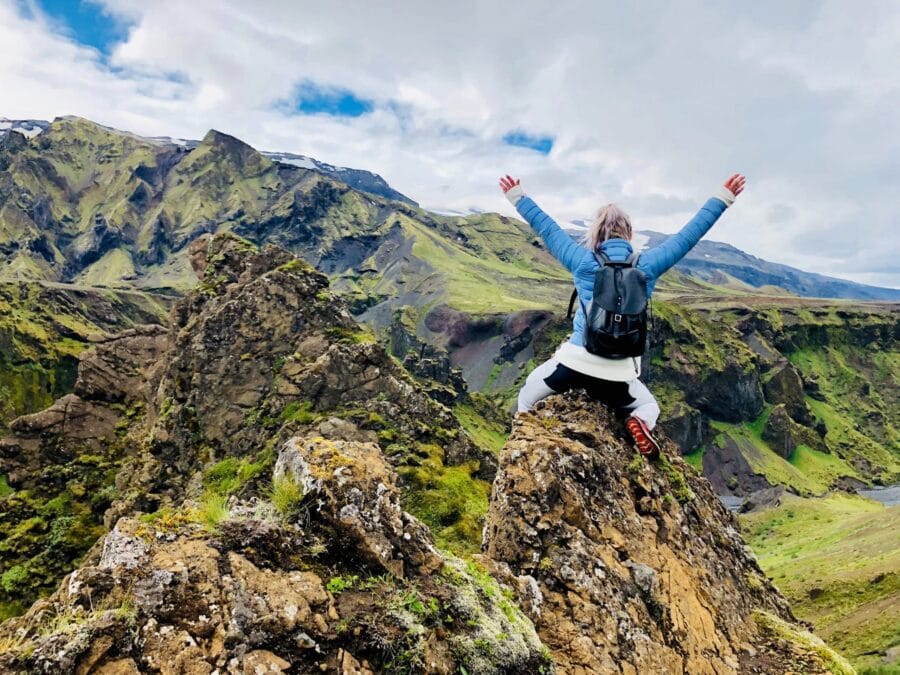
Essential Gear for Camping in the Highlands
- Waterproof Clothing: The weather in the Highlands is unpredictable, with sudden rain and strong winds.
- Sturdy Hiking Boots: The terrain can be rocky and uneven, so proper footwear is a must.
- Portable GPS and Maps: Cell service can be unreliable in the Highlands; a GPS device is crucial for navigation.
- Food and Water Supplies: Remote areas often lack shops or restaurants. Stock up before heading out.
- Camping Equipment: If you’re not using a camper, ensure your tent and sleeping bags are rated for cold weather.
Eco-Friendly Camping Practices
Iceland’s fragile environment requires visitors to tread lightly. Here’s how you can camp responsibly:
- Stay on Designated Paths: Protect the delicate moss and soil by sticking to marked trails and campsites.
- Pack It In, Pack It Out: Take all your trash with you and leave the area as pristine as you found it.
- Use Biodegradable Products: From soap to utensils, ensure your supplies won’t harm the ecosystem.
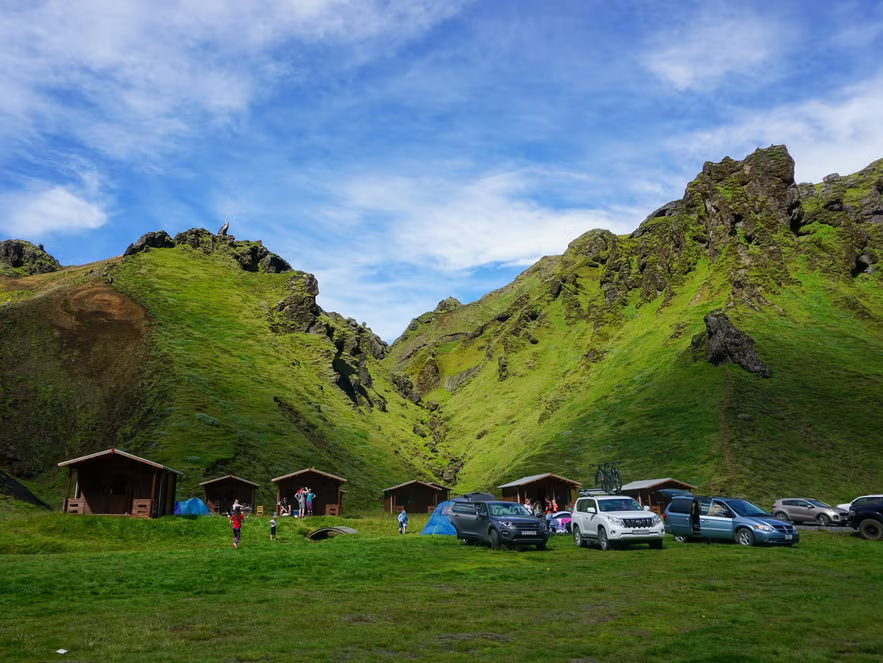
Popular Campsites in the Iceland Highlands
- Landmannalaugar Campsite: Offers basic facilities and stunning views, along with access to hiking trails.
- Askja Campsite: A remote site near the caldera, perfect for those seeking solitude.
- Þórsmörk Campsite: Provides well-maintained facilities and a scenic base for exploring the valley.
Best Time to Visit the Highlands
The F-roads in the Iceland Highlands are usually open from late June to early September, depending on the weather. Summer is the best time for camping, with longer daylight hours and milder temperatures. However, even during this period, be prepared for sudden weather changes.
Challenges of Camping in the Highlands
While camping in the Iceland Highlands is rewarding, it comes with its own set of challenges:
- Unpredictable Weather: Sudden rain, strong winds, and even snow can occur, even in summer.
- River Crossings: Many F-roads require you to cross rivers. Always check the depth and flow before attempting.
- Isolation: Some areas are extremely remote, so it’s crucial to have emergency supplies and a reliable communication device.
Tips for a Successful Highland Adventure
- Plan Ahead: Research the F-roads you plan to take and check weather and road conditions regularly.
- Rent a 4×4 Camper: For the best experience, choose a well-equipped camper that can handle the terrain.
- Prepare for All Scenarios: Pack extra fuel, warm clothing, and plenty of food and water.
- Respect Local Rules: Follow all camping and environmental guidelines to preserve the Highlands for future visitors.
Culture and Cuisine of the Iceland Highlands
The culture of the Icelandic people reflects their deep connection to the land and nature. Despite the remote and rugged environment of the Highlands, locals exude warmth, resilience, and a strong sense of community. Visitors will find that Icelanders take immense pride in preserving their environment, history, and traditions.
Hospitality and Heritage
- Warm Welcomes: Although the Highlands are sparsely populated, locals and guides in nearby towns and villages are known for their hospitality. They are often eager to share stories, local legends, and advice on exploring the area.
- Folklore: Icelandic culture is steeped in folklore, with tales of elves (Huldufólk), trolls, and other mythical creatures that are said to inhabit the land. You might hear some of these captivating stories during your visit.
Cuisine in the Highlands
Food in the Highlands is a mix of traditional Icelandic dishes and modern fare. While the remote location may limit options, the flavors are as unique as the landscape.
- Traditional Lamb Soup (Kjötsúpa): A hearty soup made with lamb, root vegetables, and herbs, perfect for warming up after a day of exploring.
- Skyr: A yogurt-like dairy product that’s creamy, slightly tangy, and often served with fresh berries or honey.
- Rúgbrauð (Rye Bread): This dense, slightly sweet bread is sometimes baked underground using geothermal heat, giving it a distinct flavor.
- Freshly Caught Fish: Trout, char, and cod are common staples, often grilled or smoked.
- Unique Delicacies: Adventurous eaters can try hákarl (fermented shark) or svið (sheep’s head), which are rooted in Icelandic tradition.
Where to Find Food
- Campsite Cafes: Some larger campsites in the Highlands, such as Landmannalaugar, may have small cafes or food trucks offering basic meals and snacks.
- Local Farms: On your way to the Highlands, you may pass by farms offering fresh produce, dairy, and meats.
- Self-Catering: If you’re traveling by camper, stocking up on groceries in Reykjavik or other towns before heading into the Highlands is essential. Many travelers enjoy cooking their own meals, adding to the adventure.
Experience the Culture Through Food
Sharing meals and learning about local traditions is one of the best ways to connect with Iceland’s rich culture. The cuisine not only nourishes but also provides a deeper understanding of how people have adapted to thrive in this unique and challenging environment.
A Bucket-List Adventure
Camping in the Iceland Highlands is a bucket-list adventure that combines breathtaking landscapes with the thrill of exploration. By using a 4×4 camper, you’ll not only gain access to some of Iceland’s most remote and beautiful locations but also travel in a way that is economical and eco-conscious. With proper planning and respect for the environment, your Highland journey will be unforgettable.
